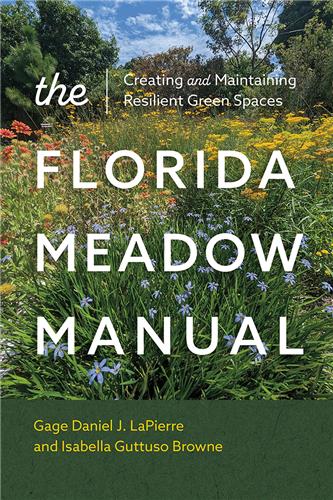Explores Seminole and Miccosukee culture through information provided by archaeology, ethnography, historical documents, and the oral histories of the Indians
Search Results for 'native landscaping'
364 results for 'native landscaping'
Please note that while you may order forthcoming books at any time, they will not be available for shipment until shortly before publication date
This book is a guide for transforming turfgrass lawns and open spaces into meadows, biodiverse plant communities of native grasses and wildflowers that require fewer resources to maintain and provide habitats for pollinators and other wildlife.
The islands of Alta and Baja California changed dramatically in the centuries after Spanish colonists arrived. Native populations were decimated by disease, and their lives were altered through forced assimilation and the cessation of traditional foraging practices. Overgrazing, overfishing, and the introduction of nonnative species depleted natural resources severely. Most scientists have assumed the islands were also relatively marginal for human habitation before European contact, but An Archaeology of Abundance reassesses this long-held belief, analyzing new lines of evidence suggesting that the California islands were rich in resources important to human populations.
The life and times of the first female head of the Seminole Tribe, the most decorated member of the Seminole Tribe of Florida.
Fourteen in-depth case studies incorporate empirical data with theoretical concepts such as ritual, aggregation, and place-making, highlighting the variability and common themes in the relationships between people, landscapes, and the built environment that characterize this period of North American native life in the Southeast.
Furman shares his amazement at the beautiful and the bizarre of Florida, his adopted state. Over seventeen years, he and his family have shed their Yankee sensibilities and awakened to the terra incognita of their new home.
In this book, Raquel Otheguy argues that Afro-descended teachers and activists were central to the development of a national education system in Cuba and influenced the trajectory of public school systems in the broader Americas.
Countering the conventional narrative that Florida’s tourism industry suffered during the Great Depression, this book shows that the 1930s were, in reality, the starting point for much that characterizes modern Florida’s tourism. David Nelson argues that state and federal government programs designed to reboot the economy during this decade are crucial to understanding the state today.











